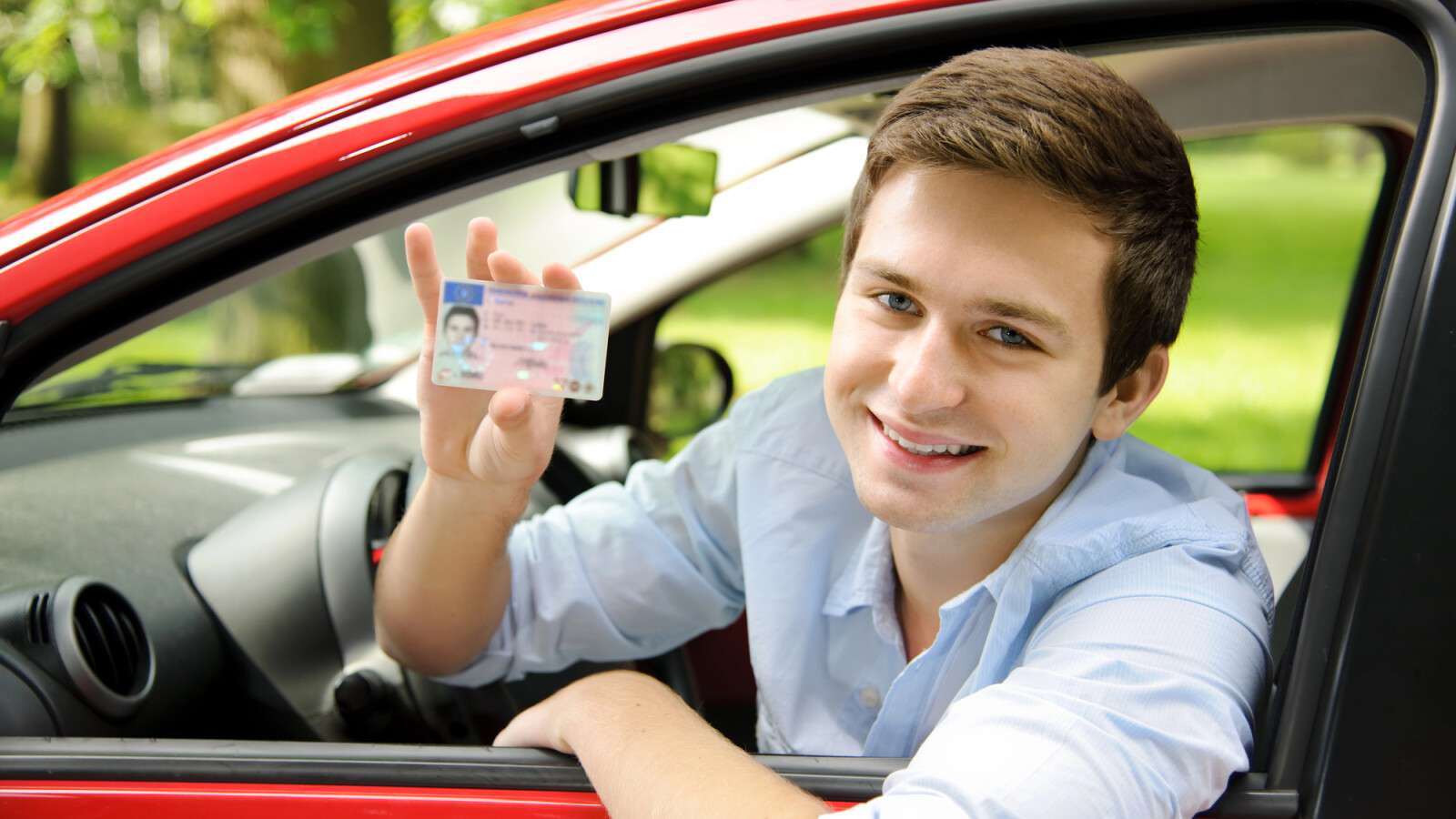The article discusses the transition from the traditional German driver’s license to the new EU driving license, highlighting the changes in design, validity, and exchange procedures. Proposed to enhance standardization and reduce forgery, the new license will have a 15-year validity period and requires regular updates of personal information. It outlines the exchange process based on age and issue date of the license, necessary documents, and potential penalties for delayed exchanges, ensuring clarity on what the changes entail.
The German driver’s license is often overlooked, yet it holds a remarkable variety of designs and formats. Depending on the date you obtained your driving permit, you might possess a gray card, a pink cardboard version, or a white plastic card. However, it’s time to say farewell to these cherished documents as they are being phased out in favor of the new EU standard driving license.
The EU driving license directive is designed to create a uniform template for all driving licenses across Europe. It also emphasizes the periodic updating of passport photos and personal information to hinder possibilities of forgery. This transition signifies an end to the indefinite validity of German driving licenses.
What implications do the new regulations have for your driving license, and what are the deadlines for making the exchange? Here, we clarify these questions and more to help you understand the changes better.
Deadlines for License Exchange
To prevent overwhelming the relevant authorities, the exchange of driving licenses will occur in phases. Your year of birth or year of issuance will determine when you need to participate in the exchange. For those whose licenses were issued prior to December 31, 1998, the exchange timeline will be based on your birth year:
If your license was issued on or after January 1, 1999, the year of issue will dictate your timeline:
Even if it’s not your designated time yet, you may opt for an early exchange. You can locate the issue date on the front side of your driving license in field 4a.
Where to Exchange Your License?
You can conveniently exchange your driving license at the licensing authority in your area. To minimize waiting periods, it’s advisable to book an appointment ahead of time.
If you wish to keep your old driving license as a keepsake, you can do so with the approval of the ADAC. The licensing authority can stamp your old license, which will render it invalid.
Required Documents for Exchange
Simply bringing your old driving license to the authority is not sufficient for the exchange. You’ll need to present the following documents:
Is a New Driving Test Required?
If you’re anxious about having to retake the driving test, rest assured. The exchange is a purely administrative procedure; your driving qualifications will remain unchanged.
Validity of the New Driving License
In the past, driving licenses had no set expiration date. That’s changing with the introduction of the new format. Similar to passports and ID cards, regular renewals will now be necessary. The validity period for the new driving license is set at 15 years, also applicable to licenses issued from January 19, 2013.
This update aims to combat document forgery by ensuring that your photo and personal data are refreshed every 15 years. However, this requirement does come with risks, as cybercriminals may try to exploit the new regulations to access your personal information.
It’s noteworthy that your driving aptitude and medical assessments will not be re-evaluated during this 15-year validity period.
Potential Fines for Late Exchange
If you neglect to return your old driving license or forget to exchange it altogether, you could be committing an administrative infraction. This may result in a fine of ten euros. However, certain federal states have the discretion to waive the fine in exceptional cases.
